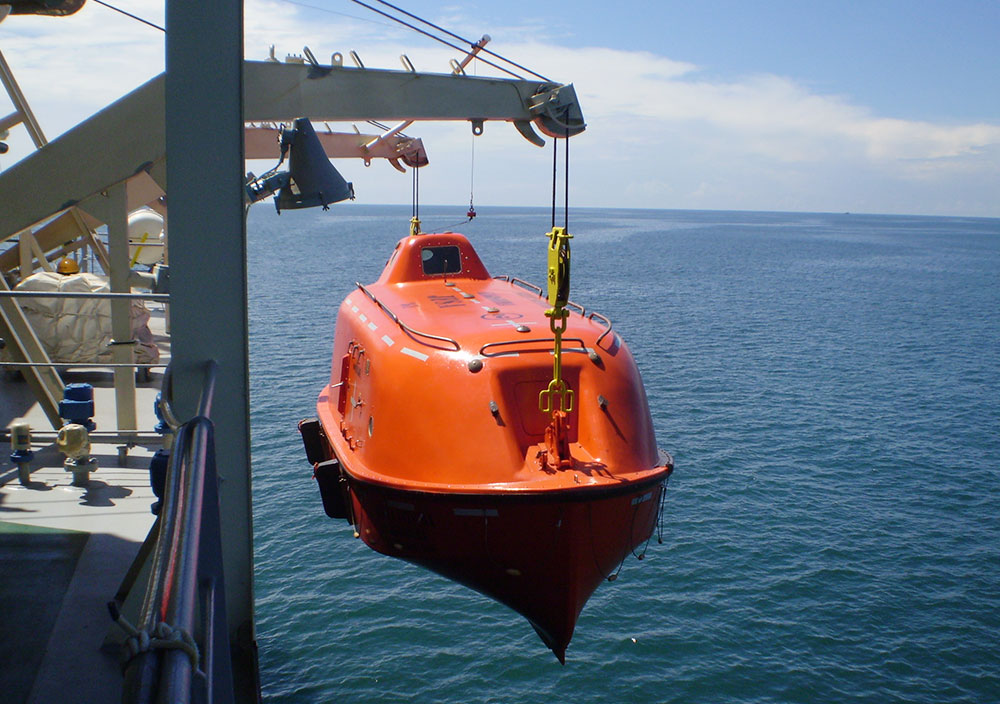

I was fortunate enough to work with the British Royal Navy on one of its last-ever exercises with the legendary search and rescue Sea King helicopter from HMS Gannet and RNLI Islay lifeboat team before the service was privatised. "One of the more ambitious shoots we did was in June 2015. It's challenging but it's very rewarding. "Safety is first and foremost," Clive says, "but once you've worked that out, this ballet starts to happen between your position in relation to the boat, the tide and the wind direction. But on one trip just before Christmas 2017, he was working in 50mph winds. The weather in Islay can rapidly change from sun to snow to cloud, which gives great diversity to the pictures. My go-to lenses are a Canon EF 85mm f/1.4L IS USM and a Canon EF 35mm f/1.4L II USM." "For most of my boat stuff I use Canon EF 24-70mm f/2.8L II USM and Canon EF 70-200mm f/2.8L IS II USM lenses. But he soon fell in love with the cameras, too. In just two pictures, you tell a story, as they say in the RNLI, of ordinary people doing extraordinary things."Ĭlive says he was attracted to Canon kit early in his career, initially for the lenses.
LIFEBOAT IP SERIES
This portrait series seemed to resonate with people. However, the light source came from the opposite direction, so I got him to switch his wedding ring to the other hand and then I flipped the image. "I photographed Raymond Fletcher, who is a farmer but also the lifeboat's second coxswain, in a barn. It's gritty, most of my work in Islay that's how I see the place."Ĭlive replicated this setup in relevant spots in the crew's homes or workplaces, to create diptychs to illustrate the crew in crew kit and then lit in the same style at work. I then de-saturate them in post-production – because the bright yellow of their kit somehow distracts from the person – and increase the contrast. With diffuse light and a reflector, you can create these really atmospheric, emotive portraits. More recently, I was able to do that handheld with the Canon EOS 5D Mark IV because of its low-light capabilities. 9 out of 10."On one occasion, I shot portraits of the entire crew in their kit in window light in the station using the Canon EOS 5DS and Canon EOS 5DS R on a tripod. This film is definitely one of his best and most interesting experiments. and Mrs.Smith) to psychological thrillers(Vertigo). Hitchcock was the master of suspense, but he was never afraid to try other things, from screwball comedy(Mr. Its really a minor quibble anyway because it doesn't diminish the entertainment value at all.

Well, that is the one thing you don't see with this movie. I "Cast Away" we saw Tom Hanks lost a considerable amount of weight and grow a considerable amount of hair. The only slight flaw in the film is that we don't really get a sense of how long(exactly)they've been at sea. Its really fascinating to watch, and when its all said and done, you get the impression that it wasn't just an experiment, but that it had something to say, and it did.

Its a study of how difference of opinion can creat tensions, and how people can deal with those tensions. Nope, its all about how this collection of characters interact with each other. There are no lush chase sequences, there are no gunfights, there is no mystery. In "Lifeboat", we start out with the sinking of a ship and people gathering on the lifeboat. With so little, he is always able to do so much.

Hitchcock had a knack for experimental films, such as "Rope", which seems to be one continuous shot, and "Rear Window", which features one small apartment and a man in a wheel chair. It is a great achievement by Alfred Hitchcock that he could create a film set on only a lifeboat interesting for its duration.


 0 kommentar(er)
0 kommentar(er)
